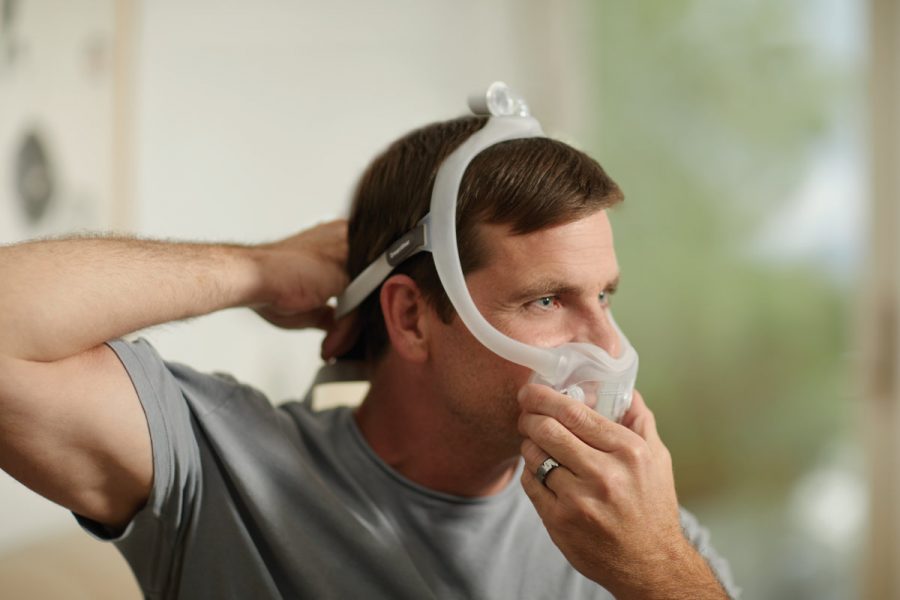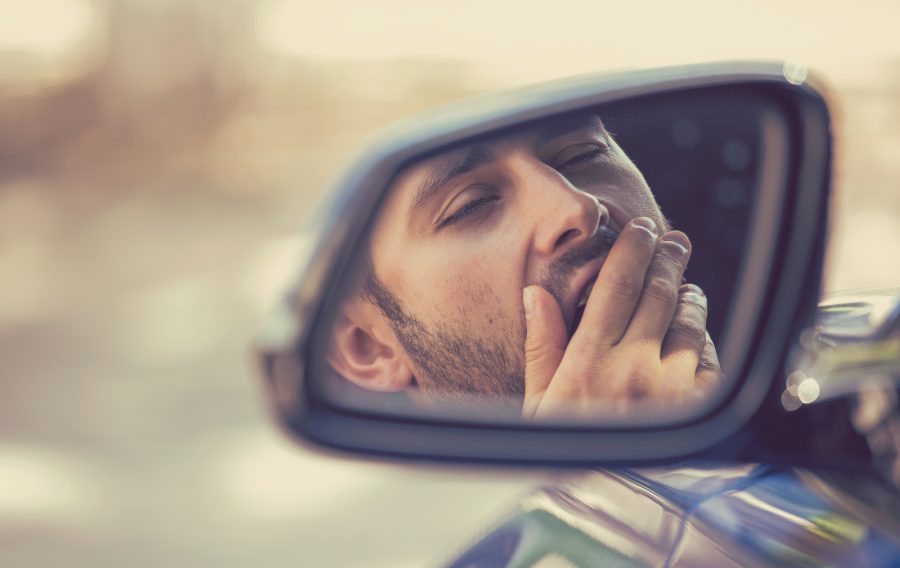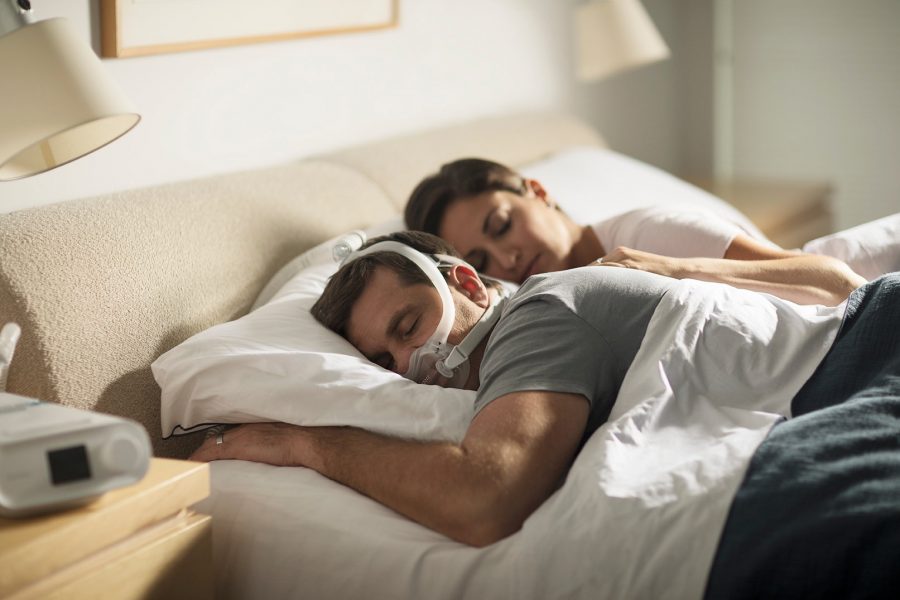You want me to wear what?!
What’s it like to get a sleep apnea diagnosis? Beforehand, you’re exhausted all of the time. Your lack of energy means it takes everything you have just to stay awake. Even when you get the opportunity to sleep late, it still feels like you never catch up. The sleepiness does not go away!
After sleep testing, you walk away with a sleep apnea diagnosis. Then you say, “okay, great. Now just get me whatever I need to get good sleep and have a normal, productive day for a change.”
The good news: there’s a fix for all your problems! A high-tech air pump is going to live on your nightstand. It’s going to blow a ridiculous amount of air into your nose and mouth, and this air comes through what looks suspiciously like a space mask and a tangled web of tubing.
Good night? Sweet dreams? Yeah, right!
Two seconds into wearing the mask and having the air blow your cheeks beyond the realm of possibilities, you’re done. There’s no way this solution is going to work for you. It’s just not worth the trouble.
Here’s the thing: it is worth the trouble. Before you know it, you’ll be sleeping soundly and waking with the energy you once had. Sleep Apnea means that your body is not getting the deep sleep you need to really feel rested. When your body tries to get into a deeper sleep, your airways relax – which causes a more significant blockage of oxygen to your body. Your body will naturally force you to wake up and take deep breaths of air.
You might not fully awaken and may not even realize this is happening! This process prevents you from going into a deeper sleep because your body prioritizes oxygen over rest. Regardless of how many hours you spend in bed, you stay tired because you never get the deep sleep your body truly needs!
The tests you had showed the precise amount of pressure it takes to keep your airway open. When your airway stays open, your body maintains a healthy oxygen level, and you get to sleep. Real sleep. Deep sleep. The kind of sleep where you wake up rested in the morning and have the energy to get through your day.
Yes, CPAP therapy can be uncomfortable at first. You won’t become accustomed to all of this new equipment overnight, but in time, you will. Even a few hours a night is a start – a few hours of deep sleep you weren’t getting before. If you continue to have trouble, call your Rotech location and ask for help!
Hang in there, and keep trying – the short- and long-term benefits of a good night’s sleep are worth it.






